BEAUTY GLOSSARY
Glossary 101: Formula Development
Crash Course at the Lab.
원하는 제품을 찾지 못하셨나요? 1:1 문의를 통해 당신의 제품을 개발해 보세요.
문의하기BEAUTY GLOSSARY
Glossary 101: Formula Development
Crash Course at the Lab.
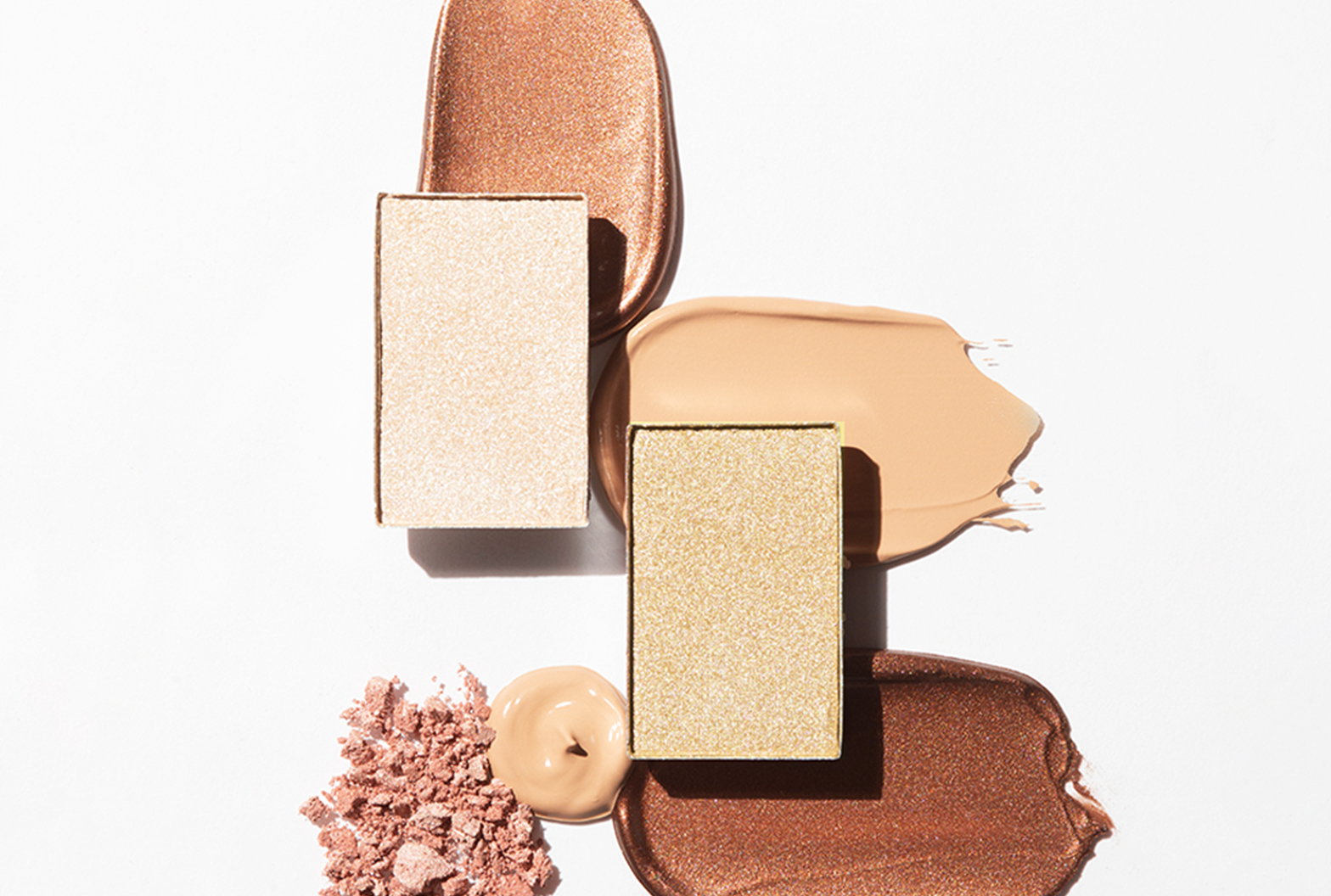
Chapter 2: Formula Development
Into our next chapter- Formula Development. Now here is where it gets a lot more technical. So, buckle up. |
_20230714174739.jpg)
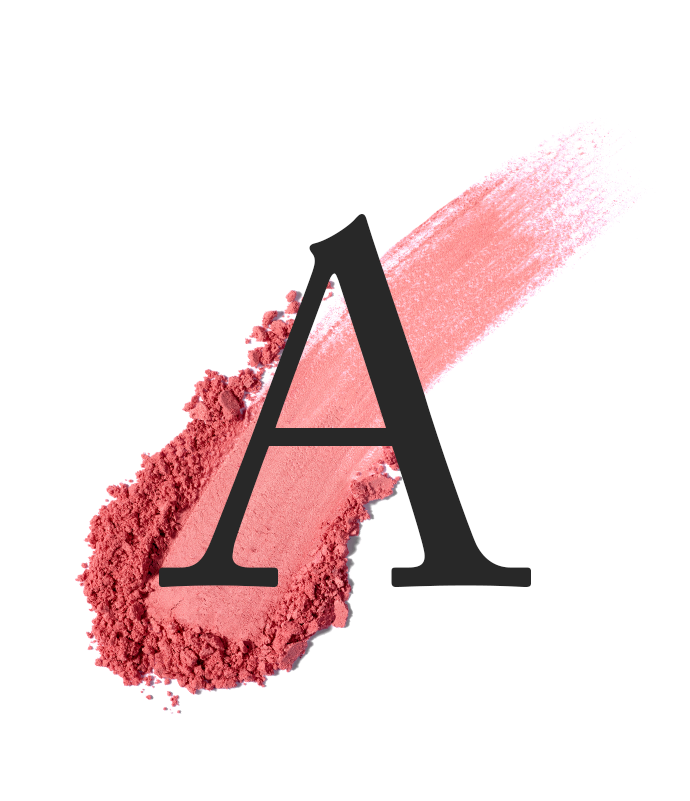
Actives Active ingredients are ingredients intentionally added to the formulation to address or treat a specific problem by providing a certain set of benefits. Some of the most common actives include Ceramides (hydrating properties) and Niacinamide (brightening properties). |
Actives added at efficacy level are added to a cosmetic product for their proven benefits to the skin. They are added in higher concentrations and are formulated to penetrate the skin and provide specific benefits, such as anti-aging, moisturizing, or acne-fighting properties. They are supported by scientific research and are typically listed as active ingredients on the product label. |
Actives added at marketing level are typically added to a cosmetic product to enhance its visual and marketing appeal. These actives are added in lower concentrations and are not necessarily intended to provide any significant benefits to the skin. They are added to make the product more attractive to consumers and may be used to differentiate the product from competitors. |
Tests & More Tests All beauty products manufactured are subjected to rigorous testing before, during and after production. We live by our motto of it is always better to be safe than to be sorry. While there are a lot of grey areas in this industry, lab testing is not one of them. Testing is strict in this industry and for all the right reasons, and with this we welcome you to the world of cosmetics testing. |
General Tests
Stability Testing (ST) is an essential part of the cosmetics industry to ensure that the products remain safe, effective, and stable throughout their shelf life. ST involves exposing the product to various environmental conditions, including temperature, humidity, and light, to evaluate its shelf life and ensure that the product does not undergo any significant physical, chemical, or microbial changes during storage. ST is typically conducted on finished cosmetic products and it is important to test each product under different conditions and storage temperatures as the results of ST are used to establish product’s expiration date, storage conditions and shelf life. Testing requirements and durations may vary slightly across countries and brands but generally conducted over a span of 3 – 6 months. |
Compatibility testing is another important aspect of product testing in the cosmetics industry. It involves evaluating the compatibility of the final formulation with final packaging to ensure that they do not react negatively when combined, and that the product remains stable over time. The purpose of compatibility testing is to identify any potential interactions of formulation with final packaging that could result in a product's instability, discoloration, or loss of efficacy. The results of compatibility testing can also be used to determine the best packaging and storage conditions for the product to maintain its stability over time. Testing requirements and durations may vary slightly across countries and brands but generally conducted over a span of 1-3 months. |
Preservation Tests
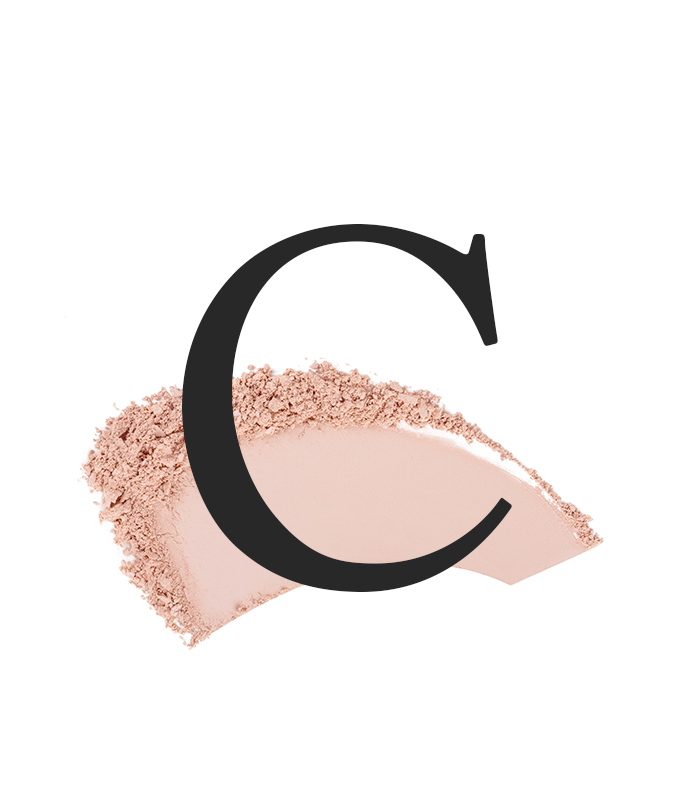
Cell Counting Cell counting test refers to a laboratory technique used to determine the number of germ present in a sample. It can be used to assess the health and stability of formulation as well as to track changes in germs populations over time. The results of a cell counting test can be used to determine whether a cosmetic product or ingredient is likely to cause damage or irritation to skin cells. If a product is found to be cytotoxic or irritating, it may need to be reformulated or withdrawn from the market. Testing fees are usually included in product development. |
Challenge Test In cosmetics, a challenge test is a type of microbiological test that is conducted to assess the efficacy of a preservative system in a cosmetic product. The purpose of a challenge test is to determine whether a cosmetic product can resist microbial contamination during use, storage, and distribution. During a challenge test, a cosmetic product is inoculated with a mixture of different microorganisms, such as bacteria and fungi, which are known to cause spoilage and deterioration of cosmetic products. The product is then incubated under controlled conditions, and samples are taken at different time points to assess the growth of microorganisms. The results of the challenge test can be used to determine whether the preservative system in the cosmetic product is effective in preventing microbial growth and ensuring the product remains safe for use. If the product fails the challenge test, it may need to be reformulated with a more effective preservative system or withdrawn from the market. Challenge tests are an important part of the safety and quality assurance process for cosmetic products, as they help to ensure that products remain safe and effective throughout their shelf life. Testing fees are not inclusive and will incur extra costs due to the complexity of introducing microbes to the formulation. at regular intervals as well as over a span of 28 days. | ||
Safety & Efficacy Tests

Clinical Trial
|
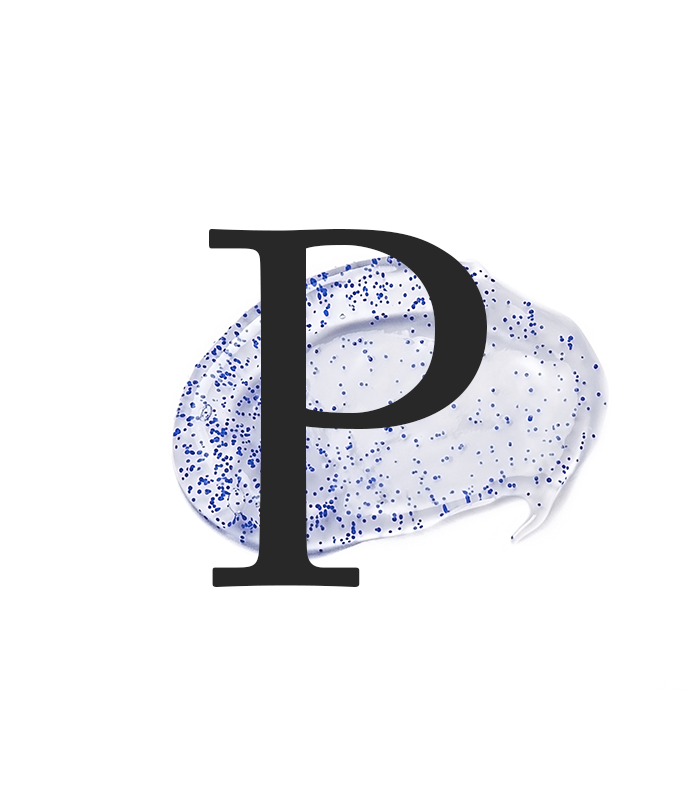
Patch Test A patch test, on the other hand, is a diagnostic test that is used to identify allergic reactions to specific substances. A small amount of the substance is applied to the skin, typically on the back, and left in place for a period. The skin is then observed for any signs of redness, swelling, or itching, which would indicate an allergic reaction. While they are both in-vivo tests, they serve very different purposes. Clinical trials are used to evaluate the safety and efficacy of medical treatments or interventions, while patch tests are used to identify specific allergens that may cause skin reactions. |
With this, we wrap up our chapter on formula development. We will be moving into packaging development lingo in our next chapter. We will see you in the next chapter where we touch on Packaging Development |
BEAUTY GLOSSARY
14
JUL
23

BEAUTY GLOSSARY
13 AUG 2025

TRENDS&INNOVATION
05 AUG 2025

TRENDS&INNOVATION
17 JUL 2025
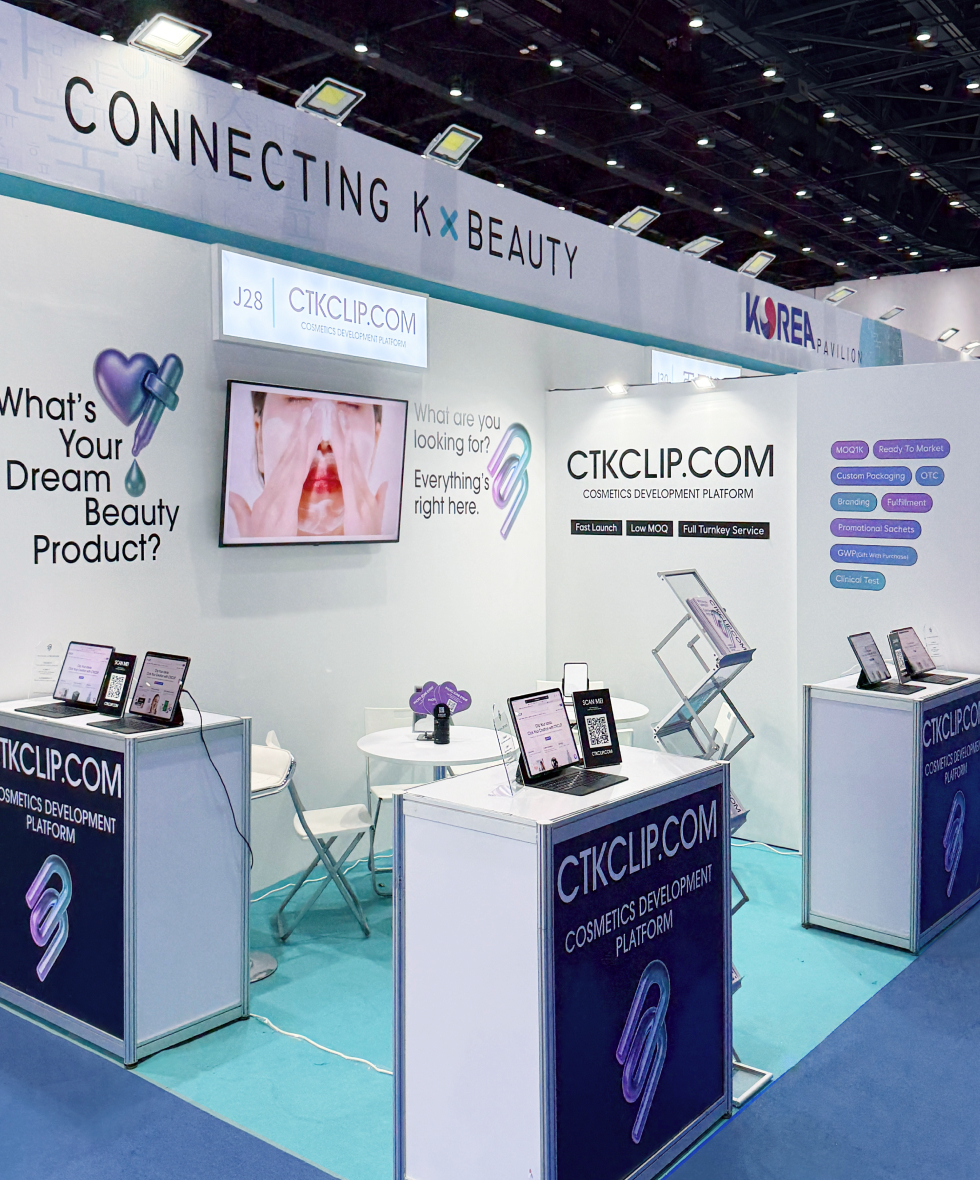
BEHIND CTKCLIP
04 JUL 2025
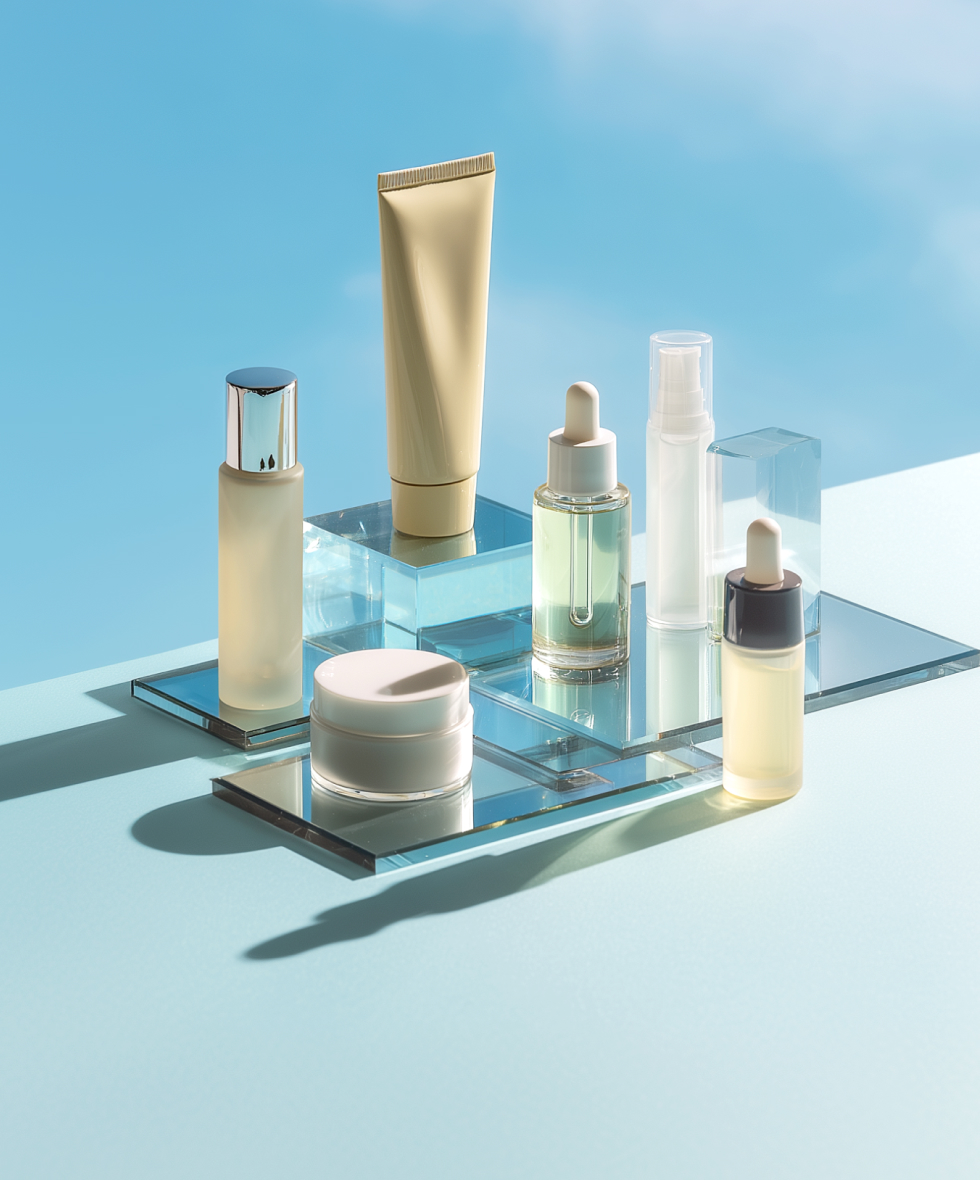
BEAUTY GLOSSARY
13 JUN 2025
회사와 관련된 모든 이해 관계자들의 비윤리적인 행위를 대상으로 합니다. 다만, 사실에 근거하지 않은 비방, 업무와 관련 없는 개인 사생활과 관련된 사항은 처리되지 않습니다.
- 허위광고, 지적재산권 침해, 개인정보 보호 위반행위
- 직장 내 괴롭힘, 양성평등 위반행위, 회사 자산의 회령 등 부패행위, 회사 지적재산권 유출 또는 부당 사용
- 파트너에 대한 불법 금품수수나 부당행위, 경쟁 업체와의 담합, 이해관계자에 대한 부정청탁 행위
- 문서 및 계수 조작, 주주 및 회사의 이익에 반하는 행위
- 환경 및 인권 보호 위반행위, 지역 사회와의 상생 위반행위
- 기타 윤리경영 위반행위
제보자의 신상정보와 제보내용은 보호되며, 제보자 본인의 동의 없이 그 신분을 노출하거나 이를 암시하는 어떤한 정보도 공개하지 않습니다.
- 제보 사실에 대해 익명으로 제보 가능합니다.
- 단, 익명 제보의 경우 내용이 구체적이지 않거나, 사실관계가 불분명할 경우 조사를 진행하지 않을 수 있습니다.
- 제보자에 대한 보복이나 불이익 제공 등의 제보자 보호 위반행위는 취업규칙 등 사내 규정에 따라 엄격히 처벌됩니다.
- 제보하기 코너는 안전한 보안체계로 보호되고 있으며, 제보조사 업무는 지정된 담당자에 의해 보안 유지 하에 처리됩니다
수집항목 : 성명,연락처
수집목적 : 제보에 따른 민원처리 및 처리결과 회신
보유기간 : 위 목적 달성시까지 보유하며, 제보 확인 이외의 다른 목적으로 사용되지 않습니다.